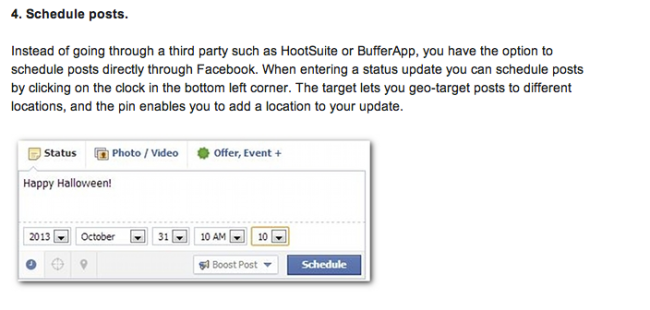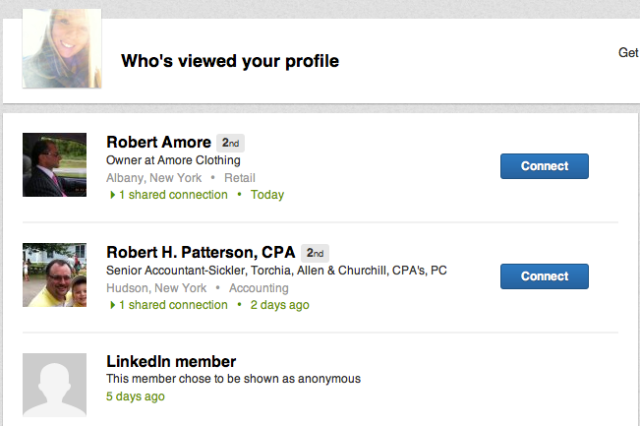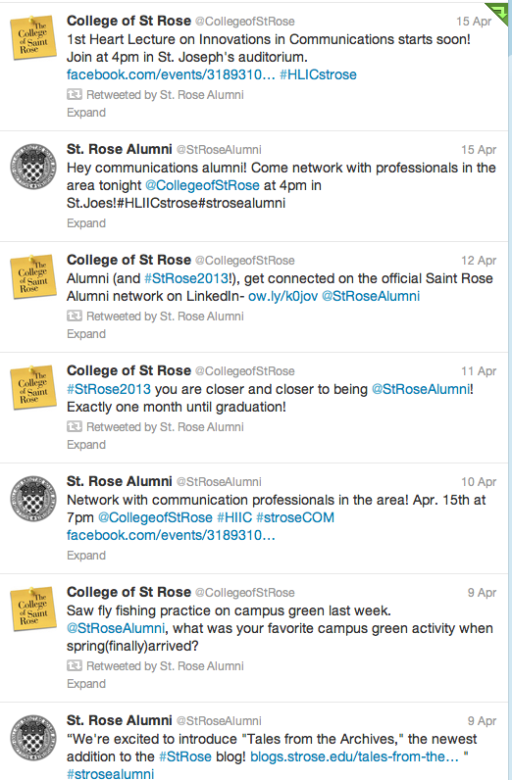The most influential class I’ve ever taken is “The Agency,” at the College of St. Rose. In this class, the teacher, Rosemary Sheridan brings is various PR Professionals as guest speakers. Before they leave, Professor Sheridan asks each speaker to give us one piece of advice before they leave. We have had probably 4 speakers this semester, and each speaker parts with the same words of wisdom; “Always work on improving your writing, I cannot tell you how invaluable it is to have solid writing skills in this field.”
Now obviously I was aware that writing is a major factor in the communications field, which is one of the main reasons I chose this field. However, the concept that my writing can constantly be improved is something I haven’t really considered. But since these speakers all seem to think that my best shot at landing a job is to improve my writing, I look all around the internet for ways to become a better writer.
PR Daily posted an article called, “Examining ‘smart’ habits for better writing, which naturally caught my attention. This article focused on one area of writing which I believe to be a prevalent part of most people’s lives; email writing! “An example of a “smart habit” is to avoid multitasking. It seems we do not function optimally when we multitask; the brain is better at time sharing.” I am the number one offender of thinking I can multitask a million different things. Answer an email from my mom, revise my resume, oh and work on my blog due for my online class. I cannot. I instead, spend an unnecessary amount of time trying to accomplish a little work and hardly accomplishing anything.
“Because email is one of the biggest distractions in the modern workplace, one of Markman’s “smart habits” is not answering emails immediately.” This article suggests that when we immediately pound out a response back to message received, we are not giving to response the time or attention it deserves. The article recommends you wait until your “optimal work time” to respond. By this the website means at what point during the day are you at your most productive. Some people are morning people and are fresh right away. I on the other hand am more of an afternoon person. By noon my brain is functioning at a much more productive pace. So maybe I read my emails in the morning, but respond before lunch. When possible of course, some emails require an immediate response.
There are so many ways one could improve their writing ability Its a process to become a better writer, and one that really never ends. However I think as long as we are always writing, always reading, and always trying; then we can be the best possible writers. 
Here is an example of my own personal Email inbox. It shows how easy it is to get sidetracked when checking and responding to emails.
Works Cited
http://www.prdaily.com/writingandediting/Articles/15576.aspx








